|
When Hurdus expanded the Har Habayis, he made his expansion on one flat level. However, the original mountain slopes down, so they had to build vaulted chambers, as well as fills of earth and other stuff, to support the Har Habayis surface. Although most of these vaults were destroyed during the Churban, the southeastern vaults were later rebuilt, and support the southeastern part of the current plaza. This vaulted area is known as Shlomo's stables. The original vaults were probably used as storage rooms; and had windows to let in light. Near the triple gate, a window frame was found, this frame had grooves for metal bars, as well as holes for the hinges of the shutters to open and close it.
This reconstruction of the vaulted area was most probably done by the Umayyads, when they built up the Har Habayis. Only part of one arch in the western wall of this hall is left of this construction. The vaults were damaged in the earthquake in the year 4794 (1033), and then rebuilt, probably by the Fatimids, and then renovated again by the crusaders. During all this time, the eastern part of the Har Habayis was lower than the western part, and these vaults were accessed through openings in their northern wall. Sometime after the crusader period, the Har Habayis was leveled, and Shlomo's stables were turned into completely underground structures. As it stands now, the building is built with reused Herodian stones. There are 13 rows of vaults of a variety of spans, from 3.3-7.6 m (11 to 25 ft) east and west, north and south the spans average 3.5 m (11 ft 6 in). These vaults extend from the south-east corner to the Triple Gate, on the south side, and for about 62 m (203 ft) to north on the east side, and the floor of the hall is at a level of 724 m (2375 ft) above sea level, 12.5 m (41 ft) below the present surface of the Har Habayis. There are a total of 88 piers supporting these vaults, although including the piers engaged in the wall, there are 94. These vaults were turned by the crusaders into stables, where the templar knights kept their animals. They pierced holes through the piers to tie their horses to, although these holes are now stuffed up. The name "Shlomo's stables" seems to come from then, when this hall was used as a stable. It was called Shlomo's stables, since it was located near the area of Shlomo's palace, which was on the south of the [original] Har Habayis (Tavnis Heichal 4:1, based on Radak to Yechezkel 43 8). [During the crusader period, the Al Aksa Mosque was actually called Templum Solomonis-Shlomo's temple (palace), since it was approximately in the same place as Shlomo's palace.] In fact, this is probably the place that Shlomo kept the horses that he had in Yerushalayim (Melachim Aleph 10:26), since Sha'ar Hasusim (the horse gate), where the king rode out on his horse, was in the eastern wall of Yerushalayim, next to the king's palace, right around this spot. (Yirmeyah 31:40 with Radak, Nechemya 3:28). In 5760-1999, the Arabs built a large exit and stairway for the stables, which they had converted into a mosque. To do this, they bulldozed a large pit, more than 40 meters (130 feet) long, sloping down from north to south, with trucks carting away hundreds of tons of soil and debris. Through doing this, they broke through many archeological layers, and artifacts were destroyed. However, Gam Zo Latova, this too was for the good. Archeologists are not allowed to work on the Har Habayis. However, now that this dirt was off the Har Habayis, archeologists were able to start sifting through it and find many historical artifacts. Although it is not in the original context, so it has less archeological value, it is still the closest we can get to archeological work on the Har Habayis (which is anyways forbidden according to Halacha, as we cannot go on the Har Habayis today). This sifting work is done by the Temple Mount Sifting Project, and they have made many discoveries, from the Herodian tiles of the Har Habayis, to coins and weights, and many other things, from all historical eras. reference
Conder, Claude Reignier, and Warren, Charles. The Survey of Western Palestine: Jerusalem. London, 1884. Gibson, Shimon and David Jacobson (1996), Below the Temple Mount in Jerusalem: A Sourcebook on the Cisterns, Subterranean Chambers and Conduits of the Haram Al-Sharif. Ritmeyer, Leen. The Quest: Revealing the Temple Mount in Jerusalem. Israel: Carta, 2006. Seligman, Jon. “Solomon's Stables, The Temple Mount, Jerusalem: The Events Concerning the Destruction of Antiquities 1999–2001.” 'Atiqot 56 (2007): 33*-53*. Wikipedia contributors, "Solomon's Stables," Wikipedia, The Free Encyclopedia, https://en.wikipedia.org/w/index.php?title=Solomon%27s_Stables&oldid=1049373608 (accessed June 30, 2022).
0 Comments
Leave a Reply. |
Website updatesI have added a new lego model of the Third Beis Hamikdash, with pictures and a video in the lego gallery. Categories
All
Archives
February 2024
AuthorMy name is Mendel Lewis. Hashem said to Yechezkel, "Its reading in the Torah is as great as its building. Go and say it to them, and they will occupy themselves to read the form of it in the Torah. And in reward for its reading, that they occupy themselves to read about it, I count it for them as if they were occupied with the building of it. (Tanchuma tzav 14) |
- Beis Hamikdash posts
-
sources
- Mishnayos Middos >
- Gemarah
- Rambam >
- Rishonim
- Sha'alos Uteshuvos HaRaDVaZ
- Shiltey Hagibborim
- Ma'aseh Choshev
- Chanukas Habayis (both) and biur Maharam Kazis on middos
- diagrams >
- Tavnis Heichal
- Be'er Hagolah
- Binyan Ariel
- Shevet Yehudah
- other
- Braisa D'Meleches Hamishkan
- Third Beis Hamikdash sefarim
- from Josephus-יוסיפון >
- קובץ מעלין בקדש
- Kuntres Klei Hamikdash
- Gallery
- videos
- 1st Beis Hamikdash
- 3rd Beis Hamikdash
- virtual walkthroughs
- 3d models
- Lego Gallery
- diagram of Mizbeach
- contact
Proudly powered by Weebly

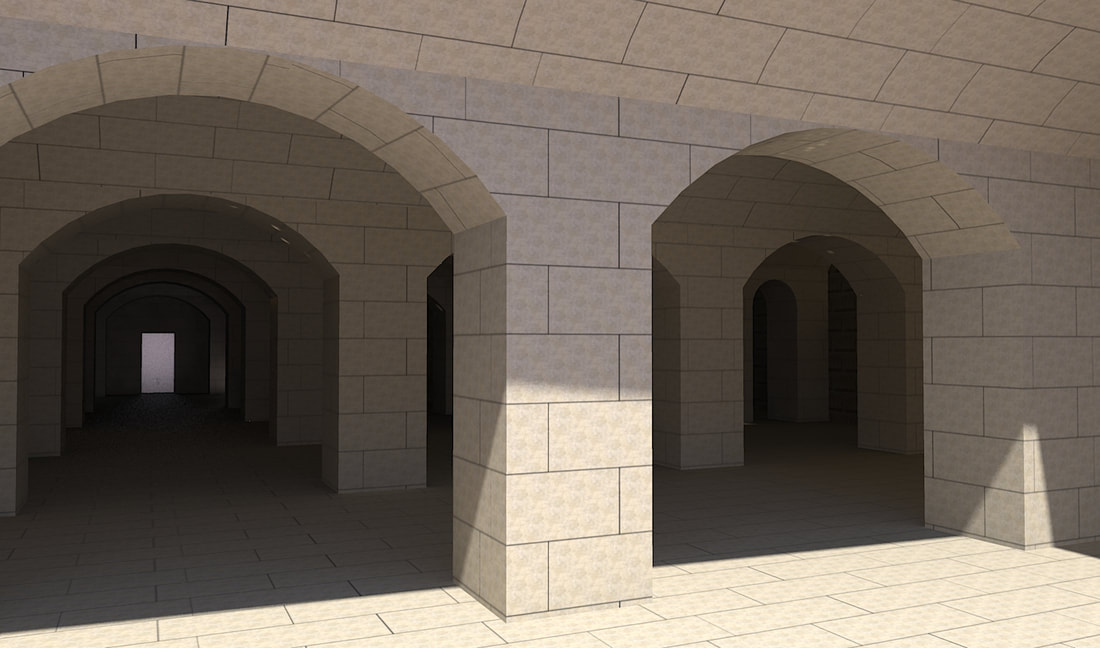
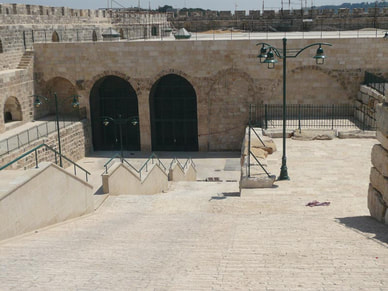
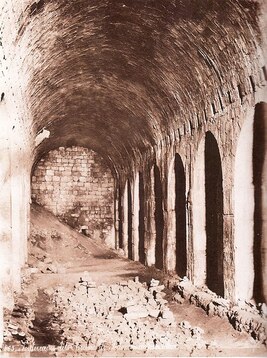
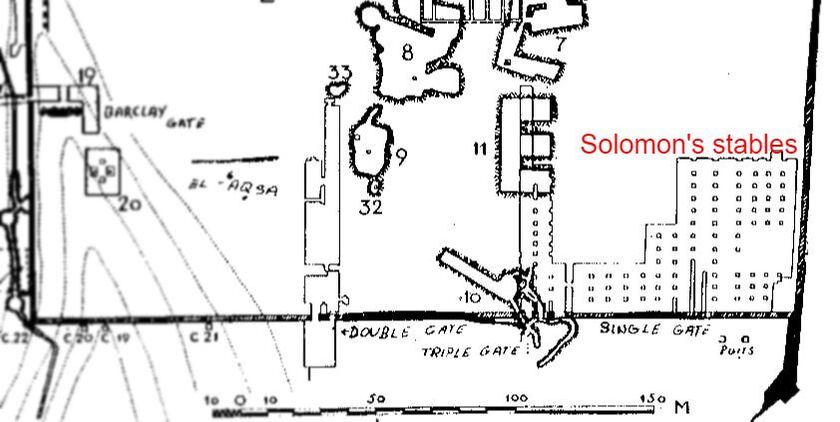
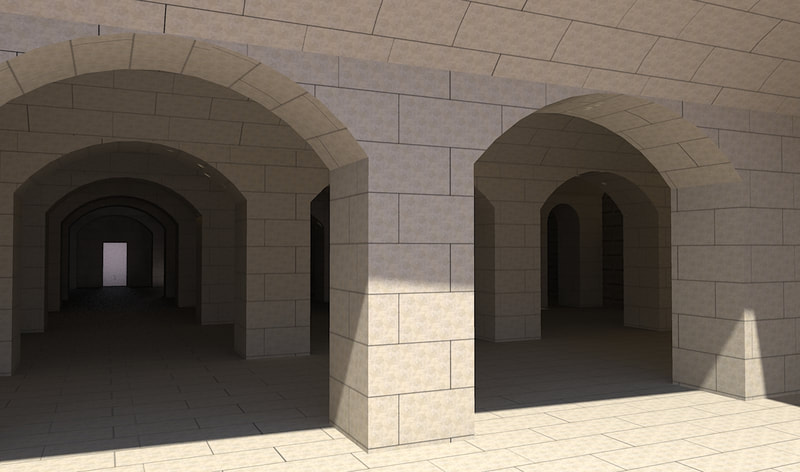
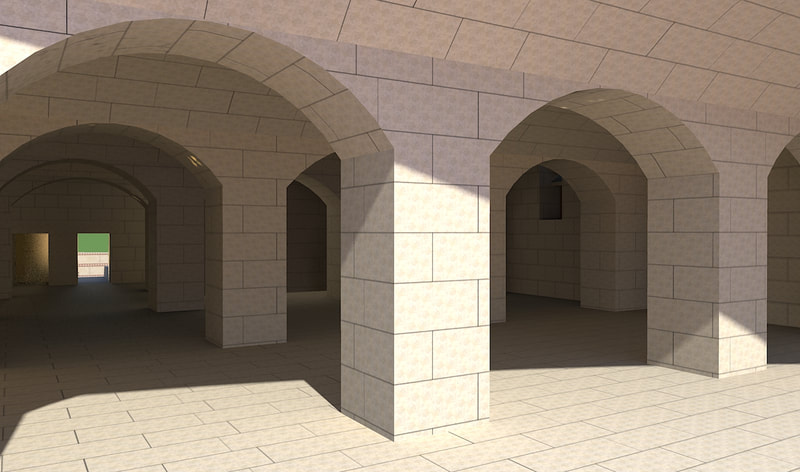
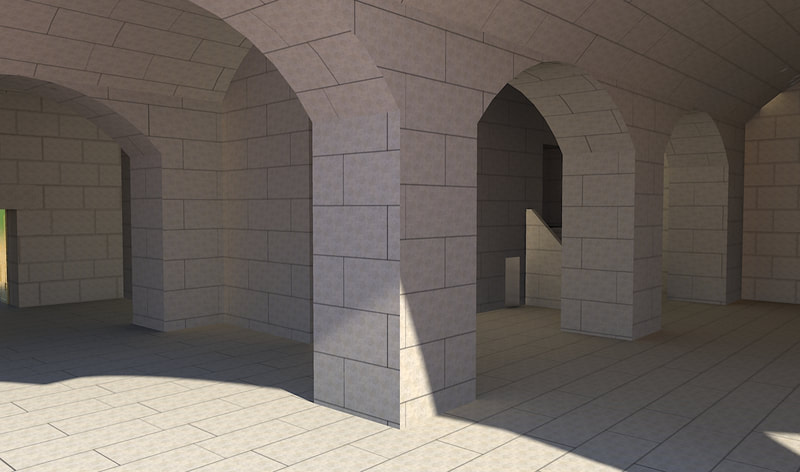
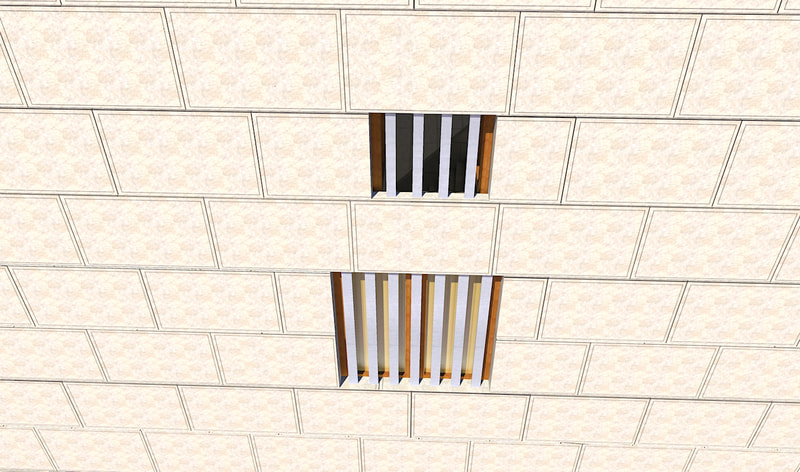
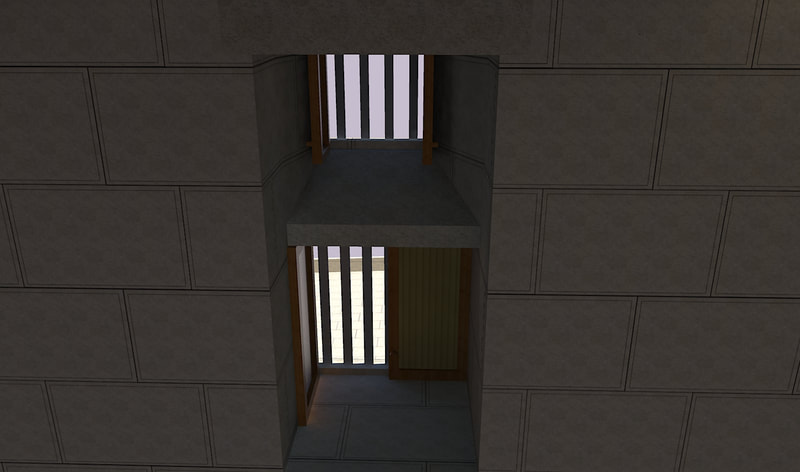
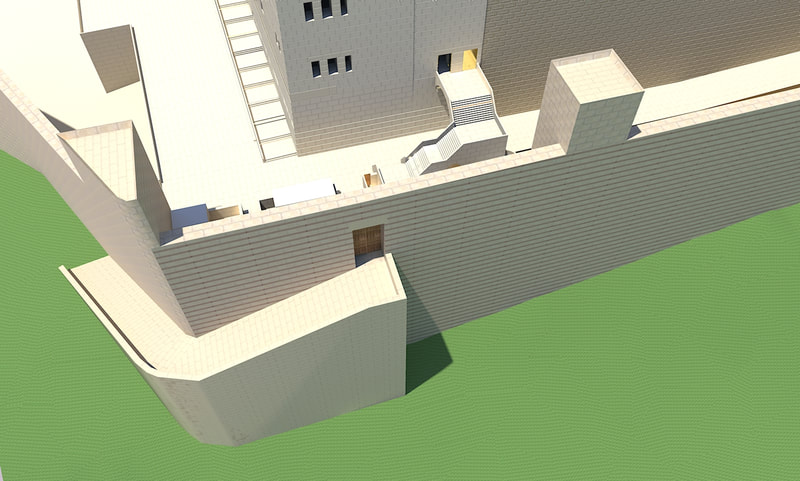
 RSS Feed
RSS Feed